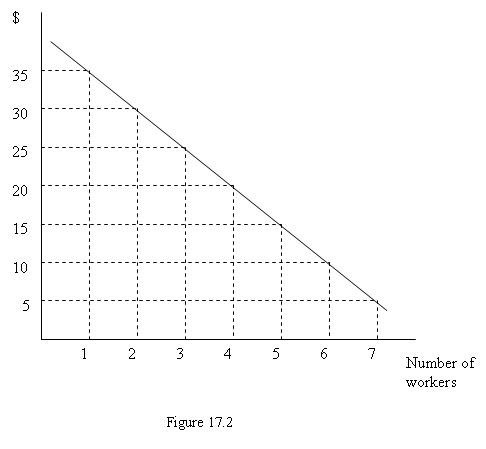The difference between the willingness to sell a good and the price that the seller receives for it is
A. welfare economics.
B. consumer surplus.
C. willingness to pay.
D. producer surplus.
Answer: D. producer surplus.
Explanation: A seller's willingness to sell is the minimum price the seller will accept to sell a good or service. Producer service. Producer surplus is the difference between the willingness to sell a good and the price that the seller receives. It is the extra benefit the seller gets from selling a good because the seller has sold a good at the market price, which is higher than the price at which he or she is willing to sell.
You might also like to view...
As the central bank, the Federal Reserve System provides banking services to
A) banks and regulates financial institutions and markets. B) foreign corporations and determines the exchange rate. C) the government and the stock market. D) individuals and controls the quantity of money. E) banks and determines how much the U.S. government will borrow.
Refer to Scenario 17.3. If there is no insurance and no fire protection program in place, the expected loss from fire for this company is
A) $0. B) $300. C) $3,000. D) $6,000. E) $300,000.
 Figure 17.2 depicts a firm's marginal revenue product curve. If the wage rate is $15, how many workers will the firm demand?
Figure 17.2 depicts a firm's marginal revenue product curve. If the wage rate is $15, how many workers will the firm demand?
A. four workers B. five workers C. six workers D. seven workers
If the dollar appreciates and foreign goods become less expensive, the total planned expenditures on domestic goods and services will
A. fall due to the open economy effect. B. increase due to the open economy effect. C. increase due to the interest rate effect. D. fall due to the interest rate effect.